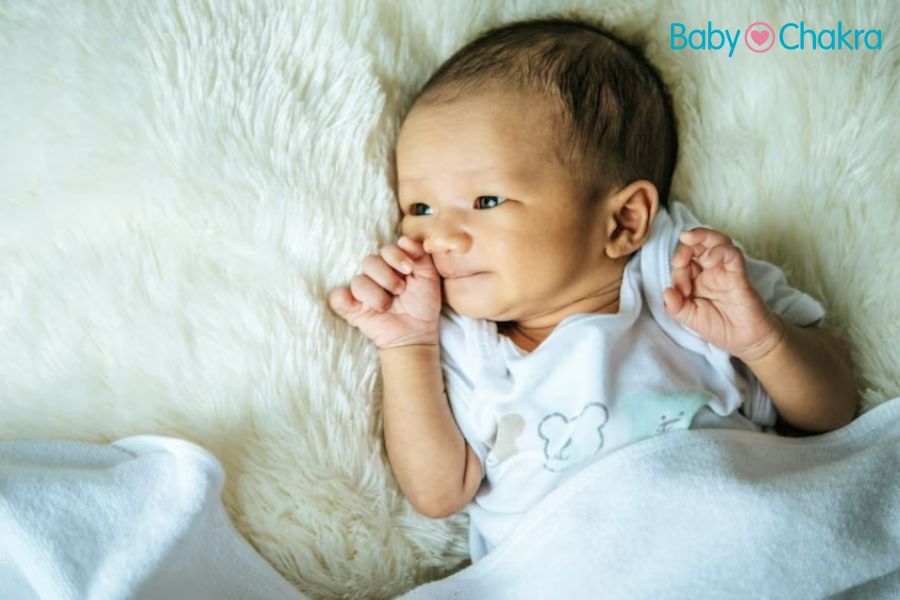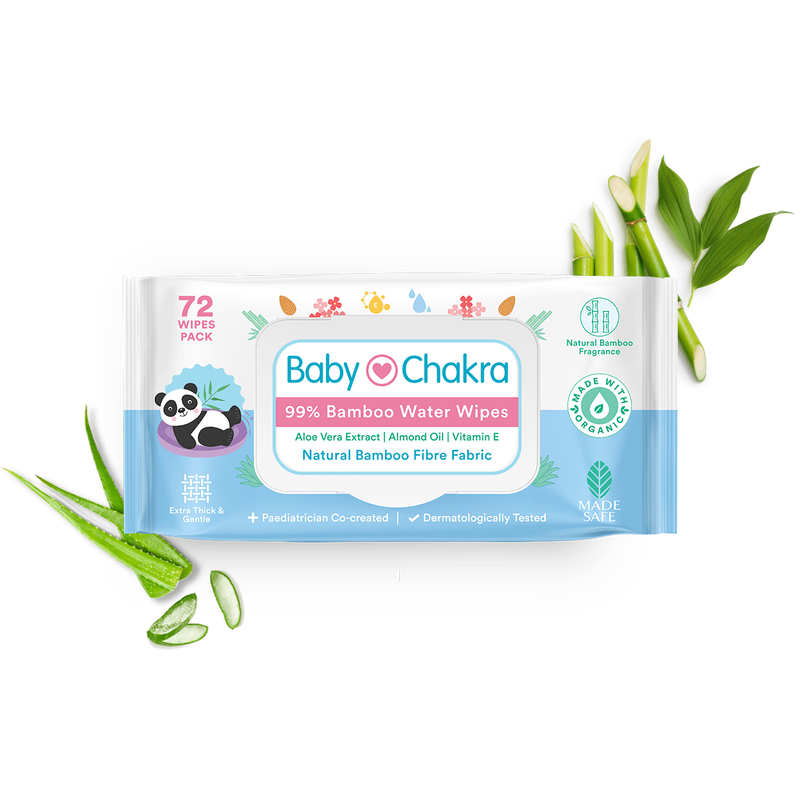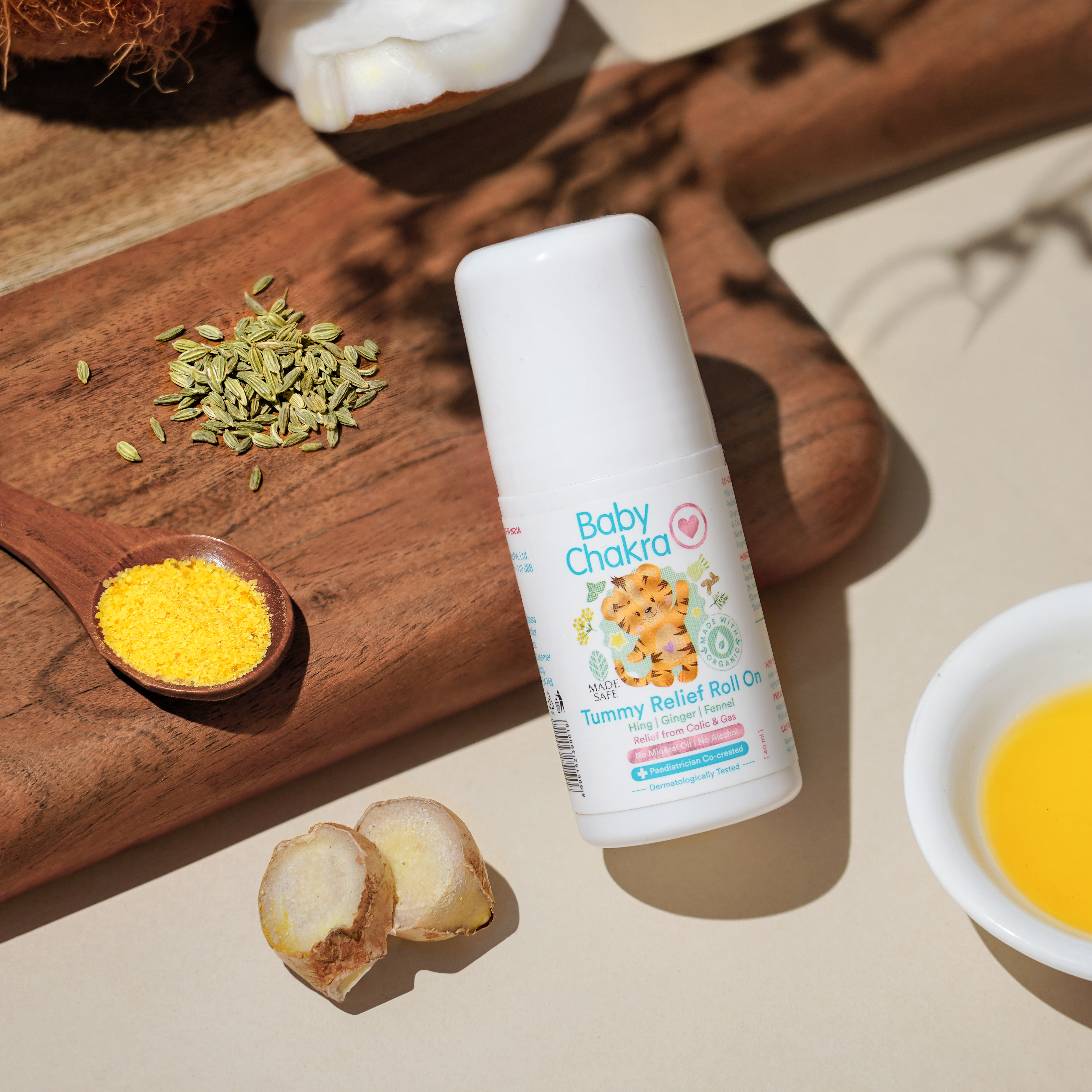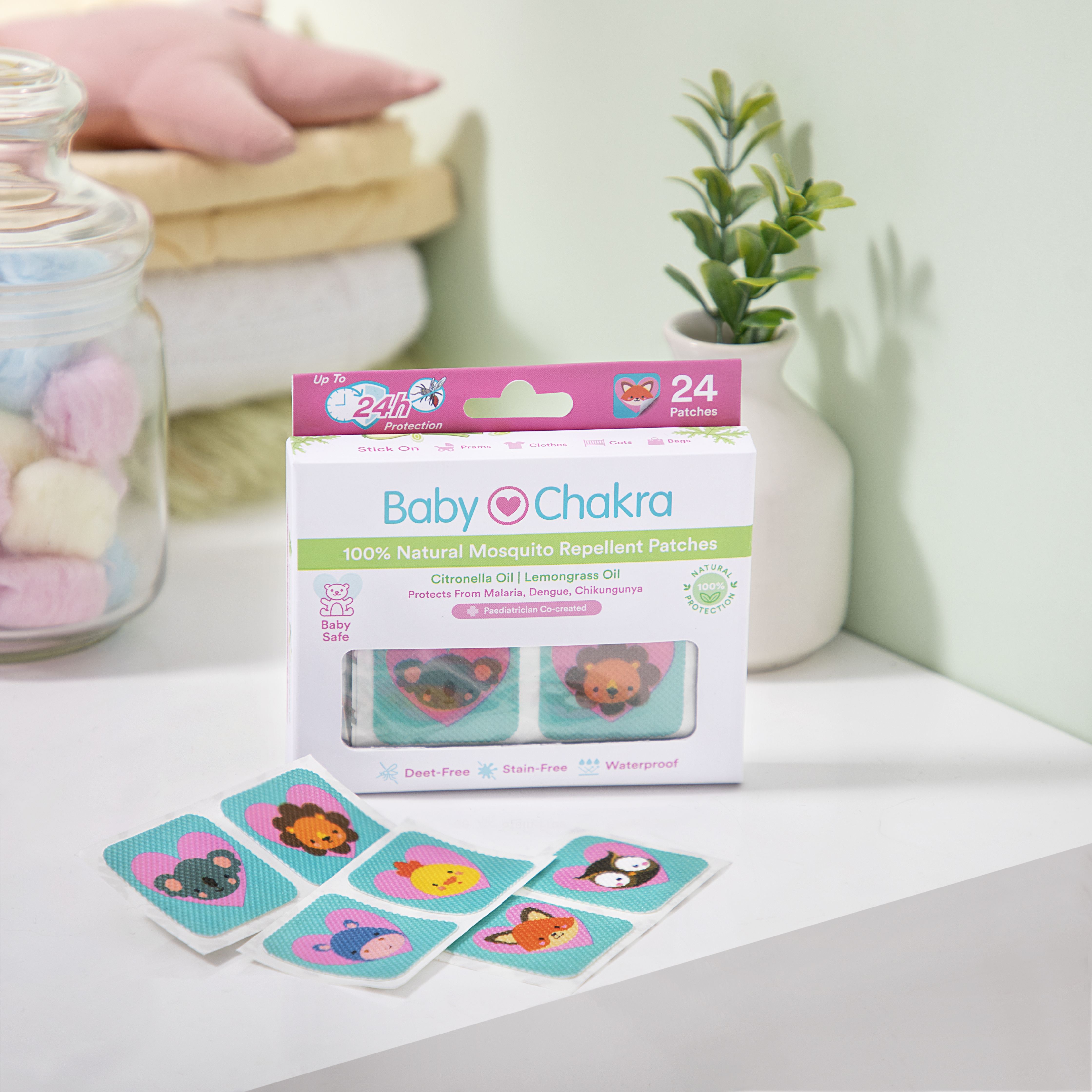
How To Clean Your Baby’s Ears At Home, And What To Avoid, Too
10 Mar 2023 | 7 min Read
Sudeshna Chakravarti
Author | 799 Articles
Like most of their body parts, your little one’s ears are sensitive and delicate. That is why when it comes to cleaning them, safety is crucial. You have to use proper methods and tools to clean your munchkin’s ears, as otherwise, it could lead to an infection or an injury inside their ears. If you are curious to know “how to clean your baby’s ears” properly at home, then read on.
We have compiled a list of things that you should know while cleaning your little one’s ears, including safe cleaning techniques and preventive measures to follow while doing so.
Why Do Babies Have Earwax?
Before we get into “how to clean your baby’s ears,” let’s understand why babies have earwax. So earwax, which is also known as cerumen, is a waxy substance, naturally produced by the outer ear canal. It may seem like an unnecessary biological waste, but it has its own uses, such as:
- It helps waterproof your little one’s ear canal
- It lubricates your baby’s ear canal to prevent irritation
- It acts as a sticky trap for dust and insects
- It exhibits antifungal and antibacterial properties that offer protection against infection-causing bacteria and pollutants
Should You Clean Your Baby’s Ears Regularly?
The American Academy of Paediatrics (AAP) states that you do not have to clean your baby’s ears regularly. They also suggest that if the earwax is not blocking your baby’s ear canal, or causing them pain, it should be completely left alone.
In this case, instead of cleaning the earwax, you can use a soft cloth dipped in warm water to wipe your baby’s outer ear. Run the cloth around the rims of your baby’s external ear, and repeat daily while bathing them.
Avoid using any other methods of cleaning your baby’s ears, and ensure to steer away from techniques like cleaning with mineral oils, or ear flushing, as they may cause infection and pain.
While regular earwax cleaning is not required, in some cases, there could be excess wax production in your baby’s ears, leading to blockage and irritation. If this happens, you may have to visit your child’s paediatrician for more guidance.
Symptoms Of Excess Earwax Build-Up In Babies
Identifying the symptoms of earwax build-up in your baby will help you take quick action and administer relief measures effectively. Some of the common symptoms of excess earwax in babies include:
- Earwax built-up can obstruct your baby’s ear canal and cause hearing difficulties.
- You will have to keep a watch on your baby’s cues. If your little one is constantly pointing at their ears, there is something wrong with it. Even toddlers and older kids may use the same method to convey that they are experiencing discomfort in their ears.
- If earwax accumulation is severe, you may notice bits of hardened wax sticking out of your baby’s ear canal.
- Severe symptoms of earwax build-up include fussiness, pain, and sometimes even dizziness in your little one.
How To Clean Your Baby’s Ears Safely?
Ear Drops
Putting ear drops is one of the safest ways to clean your baby’s ears. Your baby’s paediatrician will prescribe a specific ear drop, depending on their condition, which you will have to administer twice a day to soften the wax and make it shed.
To give your baby ear drops, make them lie down, turn the affected ear upward, and pour the drops directly into their ear canal. After that, press the little skin flap in front of your baby’s ear so that the drops can penetrate deep into their ear canal for quick relief.
Make sure to keep baby wipes handy to wipe off the softened earwax accumulated near your little one’s outer ear canal.
Ear Irrigation
Ear irrigation, also known as syringing is a medical procedure of earwax removal. In this process, the doctor will squirt some warm water into your baby’s ears to weaken and dislodge the earwax, and then pull them out of their ear canal using medical tools.
This process can be a tad bit uncomfortable for your baby and is only conducted in case of severe earwax accumulation.
Microsuction
In this technique, the doctor will use a small suction tube (also known as hoover) to suck the earwax out of your baby’s ear canal. They will also clean your little one’s ear canal medically right after this process to prevent any kind of infections in the future.
Manual Earwax Removal
This removal process is only used if the earwax inside your little one’s ear canal is stubbornly hard. It is usually administered by ear, nose, and throat (ENT) specialists who use medical tools to safely extract the earwax manually.
This procedure may take quite some time and your little one may have to sit patiently for that duration. It’s best you hold your infant in your lap and distract them with interactive toys to avoid fussiness in them.
Tips To Prevent Earwax Complications In Your Little One
Excessive earwax accumulation can impact your little one’s ear canal and also make them irritated and fussy. You can try following these steps to prevent ear complications in your baby in the first place.
- Do not use cotton swabs: The use of cotton swabs is widely discouraged as it tends to push the earwax even deeper into your baby’s ear canal. Unless your doctor gives you a go-ahead, avoid using them to clean your baby’s ears. Just cleanse a soft cloth to cleanse their outer ear.
- Avoid removing earwax using your fingers or an external object: If you notice earwax build-up in your little one’s ears, do not try to pick on it using your bare fingers. Also, avoid using an external object to pull it out. This can cause the earwax to slide in even deeper, and also increase the risk of an eardrum infection or injury.
- Check your baby’s ears regularly: You should check your baby’s ears regularly after their bath. This will allow you to notice signs of earwax accumulation early and take necessary action immediately.
Conclusion
We hope to have answered all your queries on “how to clean your baby’s ears” safely. Be extra gentle while cleaning your little one’s ears, and in case you are doubtful, it is best to visit an ENT specialist for earwax removal. They can use dedicated tools to remove earwax build-up and offer comfort to your little one. Also, do not use external objects or oils to clean your baby’s ears, as that may increase the risk of infections or injuries.
Recommended Baby Care Products:
Check out these baby care products from BabyChakra made with 100% natural and plant-based ingredients.
Moisturising Creamy Bathing Bar
Natural Mosquito Repellent Patches
Also Read:
Baby care tips for new mums: Check out these essential tips to help your smooth transition into motherhood.
Best baby soap: Did you know that these four ingredients are a must-have in your little one’s soap? Tap to know what they are.
Baby lip blisters: Here’s how you can treat your little one’s lip blisters at home.
Cover Image Credit: Freepik.com
A


Related Topics for you
Suggestions offered by doctors on BabyChakra are of advisory nature i.e., for educational and informational purposes only. Content posted on, created for, or compiled by BabyChakra is not intended or designed to replace your doctor's independent judgment about any symptom, condition, or the appropriateness or risks of a procedure or treatment for a given person.




